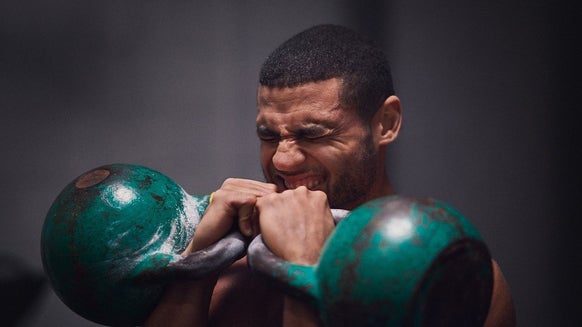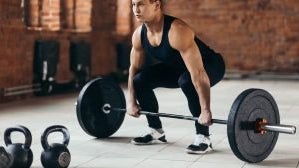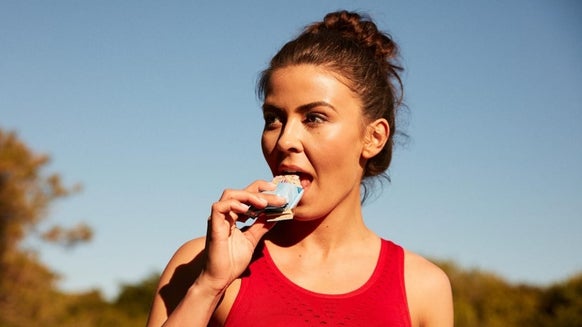
Whether it’s road rash or a dodgy knee, an injury can suck all the fun out of your cycling, or even mean you’re completely banned from the bike. So, to make sure it happens only rarely and that you can make the quickest recovery possible, it’s good to have a prevention and recovery strategy in place.
While some injuries can only put you out for a few days, others may mean you need to seek professional help and start a rehabilitation programme. Some of us are simply prone to injury too, so you can work to prevent certain injuries by not overdoing it and leaving time to recover.
We’ve spoken to double Olympic medallist Bryan Steel about how he stays on top form and listed some advice on the most common injuries to get you back in the saddle as soon as possible.
Injury prevention tips from Bryan Steel
Double Olympic medallist Bryan says, “Make sure you warm down and ease up before you finish your ride. Don’t stop when you’re out of breath, change to low gear and have a slow cycle for the last 10 minutes of you ride. When you get in, your recovery meal is the important thing. Stock up on carbohydrates and protein. Finally, remember to stretch out those muscles for ultimate recovery and injury prevention.”
Check out his Engage page for more support, tips and training plans to get you on track to meet your cycling goals.
The Knee
Sore knees stopping you from going the distance? Make sure that they’re tracking directly above your feet. If they’re not, then this could cause an imbalance in your quads, causing knee pain. Bryan also says “stretching is incredibly important for avoiding injuries.” So, stretch those glutes and hamstrings after each ride as problems with these big muscles can also cause knee pain.
Another cause for the pain, according to a study on “Common Injuries in Cycling”, could be the repetitive flexion/extension of the knee, resulting in peri-patellar pain. The patellofemoral joint absorbs the force generated by the quads on the down stroke of pedalling. There are a few reasons for this problem, including bike fit, over exercise, muscle imbalances, or just your own unique anatomical quirks.
The Lower Back
According the study, chronic lower back pain in cyclists is usually due to the result of a prolonged flexed position.1 Basically, pain in your lower back could be down the height or angle that you have your seat at. To prevent back injury, you could take your bike to a specialist for a professional bike fit.
To strengthen and stabilise your back, you may want to pay extra attention to lower abdominal and core muscle strength and flexibility.1
Saddle Sore
Spending hours in the saddle, or even 10 minutes when you first start out can be a painful experience. If you have just taken up cycling, then you should give the mild bruising a couple of weeks before you start to worry.
However, if the pain is chronic, you may want to consider some of the following treatments. Get yourself a modern and anatomically designed seat (different for male and female cyclists), wear padded cycling pants and nothing else, and finally make sure that your seat is in the right position so that the pressure is distributed evenly.
Road Rash
If you’ve ever come off your bike and skidded along the road a bit, then chances are you’ve experienced road rash. Apart from an embarrassingly large hole in your Lycra, your war wounds may not seem all that bad at first. However, road rash can be uncomfortable and definitely needs treating as soon as possible.
To prevent infection, you need to clean the wounds and remove any bits of road that you took with you. Unfortunately, this may take a bit of scrubbing and a significant sting from antibacterial wipes. If you’ve fallen hard, you may also want to elevate and apply an ice pack to reduce swelling. Try to leave the wound uncovered as much as possible to allow it to dry and heal.
Take Home Message
If there are three things to take away from this, it’s to get a bike fit, don’t overdo it, and stretch and strengthen. Remember those three tips and you’ll hopefully be able to seriously reduce your chance of injury. If you’re really struggling with pain, always see your doctor or physio for personal and professional advice.

1 Schwellnus, M. P., & Derman, E. W. (2005). Common injuries in cycling: Prevention, diagnosis and management. South African Family Practice, 47(7), 14-19.





